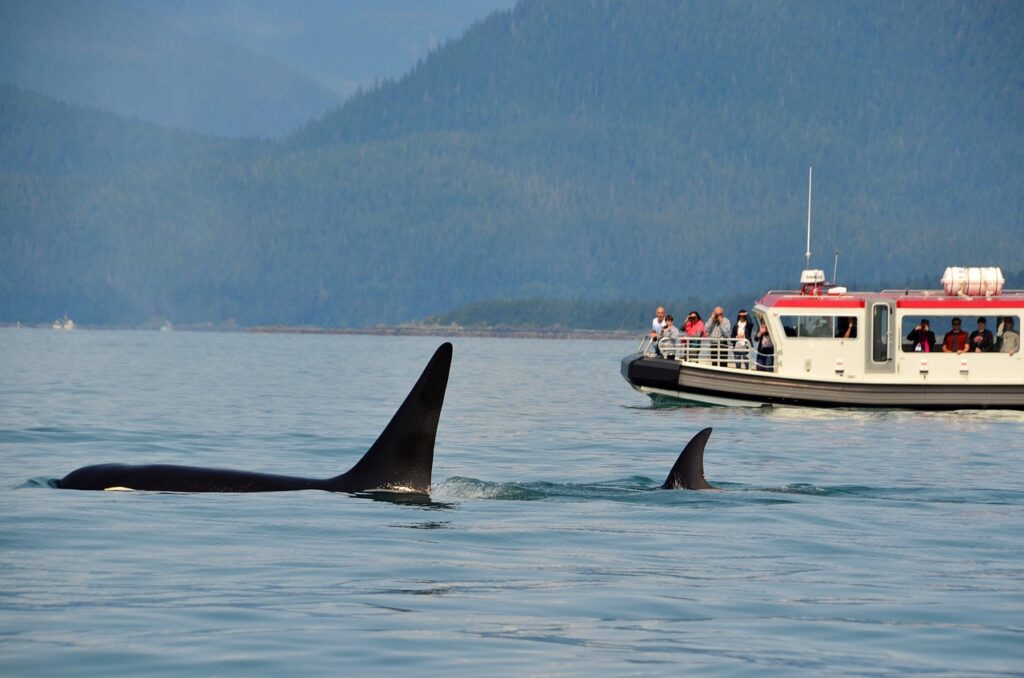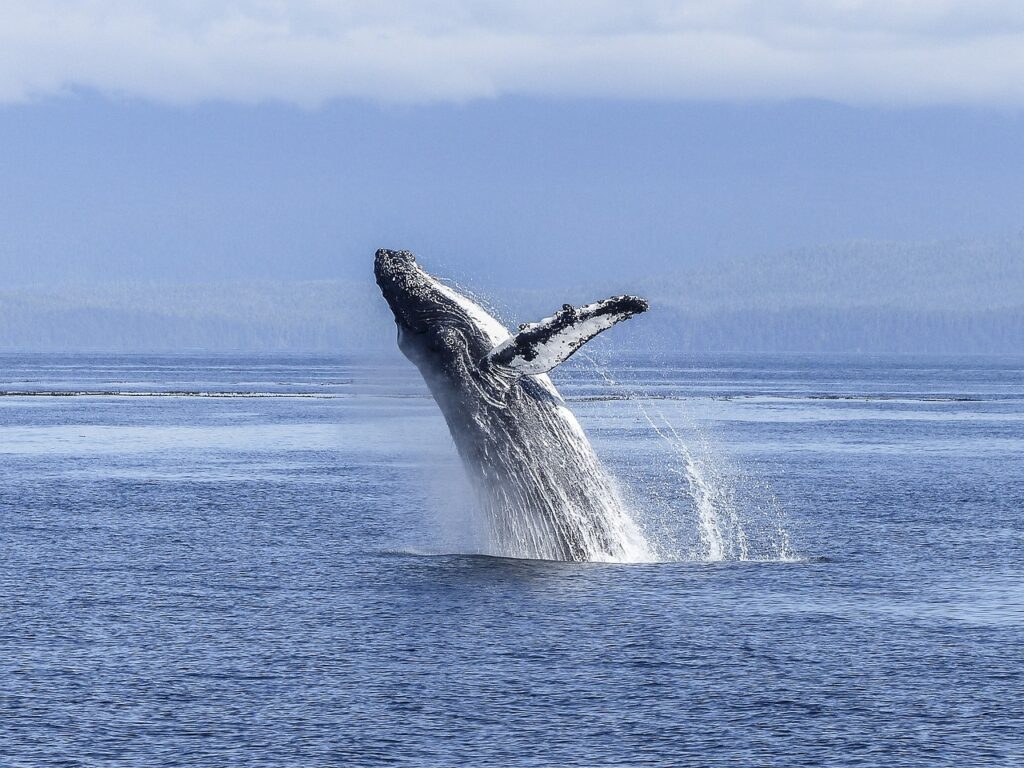Are you planning a trip to Norway and have a fascination for marine wildlife? Then you won’t want to miss the opportunity to witness the country’s awe-inspiring whale populations. Norway is home to a wide variety of whale species, including humpback, minke, sperm, and killer whales. But where and when can you see these magnificent creatures, and how can you make the most of your whale-watching experience? In this article, we’ll provide an insider’s guide to the best places to see whales in Norway and share tips on how to maximize your chances of encountering these magnificent creatures in their natural habitat.
What is the best time to see whales in Norway?
The ideal time for observing whales in Norway varies depending on the specific region you plan to visit and the type of whales you’re interested in encountering. Different whale species visit Norwegian waters at different times of the year. However, in general, the whale-watching season in Norway spans from October to mid-January. Consider the specific wildlife and region when planning your whale-watching excursion in Norway. This ensures a well-prepared and successful experience.
If you want to see humpback whales, the northern regions of Tromsø and Svalbard are ideal from November to February. Minke whales are commonly spotted along Norway’s western coast from May to August. Sperm whales can be found year-round in the deeper waters of Andenes, while killer whales are best observed in the colder months of November to January in Tromsø and Lofoten.

Where can you see whales in Norway?
Here is a list of Norway’s top 5 destinations for whale watching, from Tromsø to Svalbard:
TROMSØ
Tromsø, a picturesque town in northern Norway, offers the chance to experience both northern lights and whale-watching. The best season to combine them is from November to February. Nature lovers and thrill-seekers alike can revel in the opportunity to witness humpback and killer whales in their natural habitat, while also being treated to the breathtaking spectacle of the northern lights illuminating the night sky.
ANDENES
Andenes, a coastal town in northern Norway, is a premier destination for whale-watching enthusiasts. The region boasts an abundance of marine life, with various species of whales making appearances throughout the year. From May to September, visitors can spot sperm whales, as well as pilot whales, orcas, and humpback whales. The summer months also offer the opportunity to witness feeding frenzies, where whales gather in large groups to feast on herring. In addition, Andenes is known for its unique “midnight sun” whale-watching tours during the summer, providing an exceptional experience.
LOFOTEN ISLANDS
The Lofoten Islands in Norway is a fantastic destination to witness whales up close. From January to March, visitors can spot orcas, also known as killer whales, as they hunt for herring in groups. Humpback whales are also frequently sighted during this time, displaying impressive breaches and tail slaps. In the summer season, from June to August, you can spot minke whales feeding in the fjords teeming with nutrients. On occasion, the elusive sperm whales make a special appearance.
BERGEN
Bergen is not a traditional whale-watching spot, but it offers tours into the Norwegian fjords to see whales. Humpback whales, orcas, and other species can be sighted depending on the season. Summer months from June to August are usually the best for whale watching, but sightings are subject to weather conditions and natural whale behaviors. Booking with responsible and sustainable tour operators is highly recommended.
SVALBARD ISLANDS
Svalbard Islands, located in the Arctic Circle, offer a unique opportunity to witness several whale species in their natural habitat. During the summer months of June to August, lucky visitors can spot magnificent species such as humpback, beluga, and minke whales as they migrate to the nutrient-rich waters around Svalbard to feed and breed. The winter months of November to February also provide a chance to catch a glimpse of orcas and bowhead whales, as they navigate through the icy waters of Svalbard.

What is the best way to see whales in Norway?
The best way to see whales in Norway is by booking a guided whale-watching tour with a reputable tour operator. These tours are usually conducted by experienced guides who are knowledgeable about the behavior and habitat of whales in Norway. They provide specialized boats equipped for whale watching and follow responsible and sustainable practices to minimize disturbance to the whales and their environment. Booking a guided tour ensures a safe, informative, and memorable experience to see whales in Norway up close in their natural habitat.
Can you see whales in the fjords?
Whale sightings are possible in the fjords of Norway. Although not primary whale-watching spots, some guided tours, and cruises venture into the fjords, offering opportunities to spot several kinds of whale species. However, the frequency of whale sightings may vary. The best chances of seeing whales in Norway are usually during the winter months for orcas and humpback whales, and summer months for minke whales and other species. Keep in mind that the fjords should not be your first option to see whales in Norway.
Can you see whales in Oslo?
As Oslo is located inland and far from the coast, it is not possible to see whales in Oslo itself. However, Norway’s capital city serves as a gateway to other regions where whale watching is popular. From Oslo, you can easily travel to coastal areas such as Tromsø, Bergen, or the Lofoten Islands. There, you can join a guided whale-watching tour to spot humpback whales, orcas, and other species.
Conclusion
In conclusion, Norway offers several remarkable destinations for witnessing the awe-inspiring beauty of whales. From the Arctic region in Tromsø to the picturesque fjords in Bergen and the Lofoten Islands, there are opportunities to spot a variety of whale species. Booking a guided whale-watching tour with a reputable operator is recommended to ensure a safe and sustainable experience. Norway provides unforgettable encounters with these majestic creatures in its natural habitat, making it one of the best places to see whales in the world.
